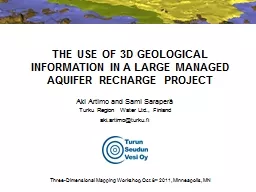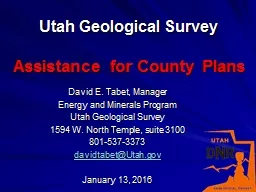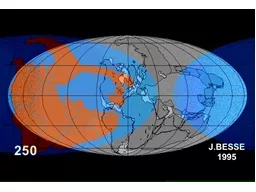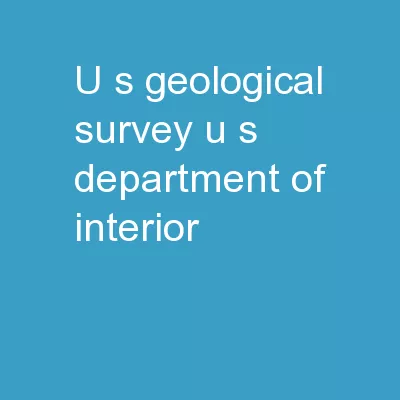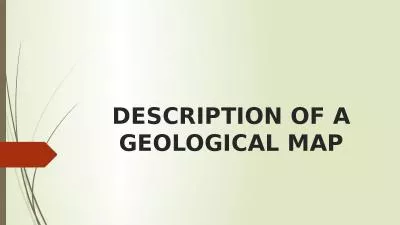PPT-THE USE OF 3D GEOLOGICAL INFORMATION IN A LARGE MANAGED AQU
Author : faustina-dinatale | Published Date : 2016-05-13
Aki Artimo and Sami Saraperä Turku Region Water Ltd Finland akiartimoturkufi ThreeDimensional M apping Workshop Oct 8 th 2011 Minneapolis MN Artificially
Presentation Embed Code
Download Presentation
Download Presentation The PPT/PDF document "THE USE OF 3D GEOLOGICAL INFORMATION IN ..." is the property of its rightful owner. Permission is granted to download and print the materials on this website for personal, non-commercial use only, and to display it on your personal computer provided you do not modify the materials and that you retain all copyright notices contained in the materials. By downloading content from our website, you accept the terms of this agreement.
THE USE OF 3D GEOLOGICAL INFORMATION IN A LARGE MANAGED AQU: Transcript
Download Rules Of Document
"THE USE OF 3D GEOLOGICAL INFORMATION IN A LARGE MANAGED AQU"The content belongs to its owner. You may download and print it for personal use, without modification, and keep all copyright notices. By downloading, you agree to these terms.
Related Documents

